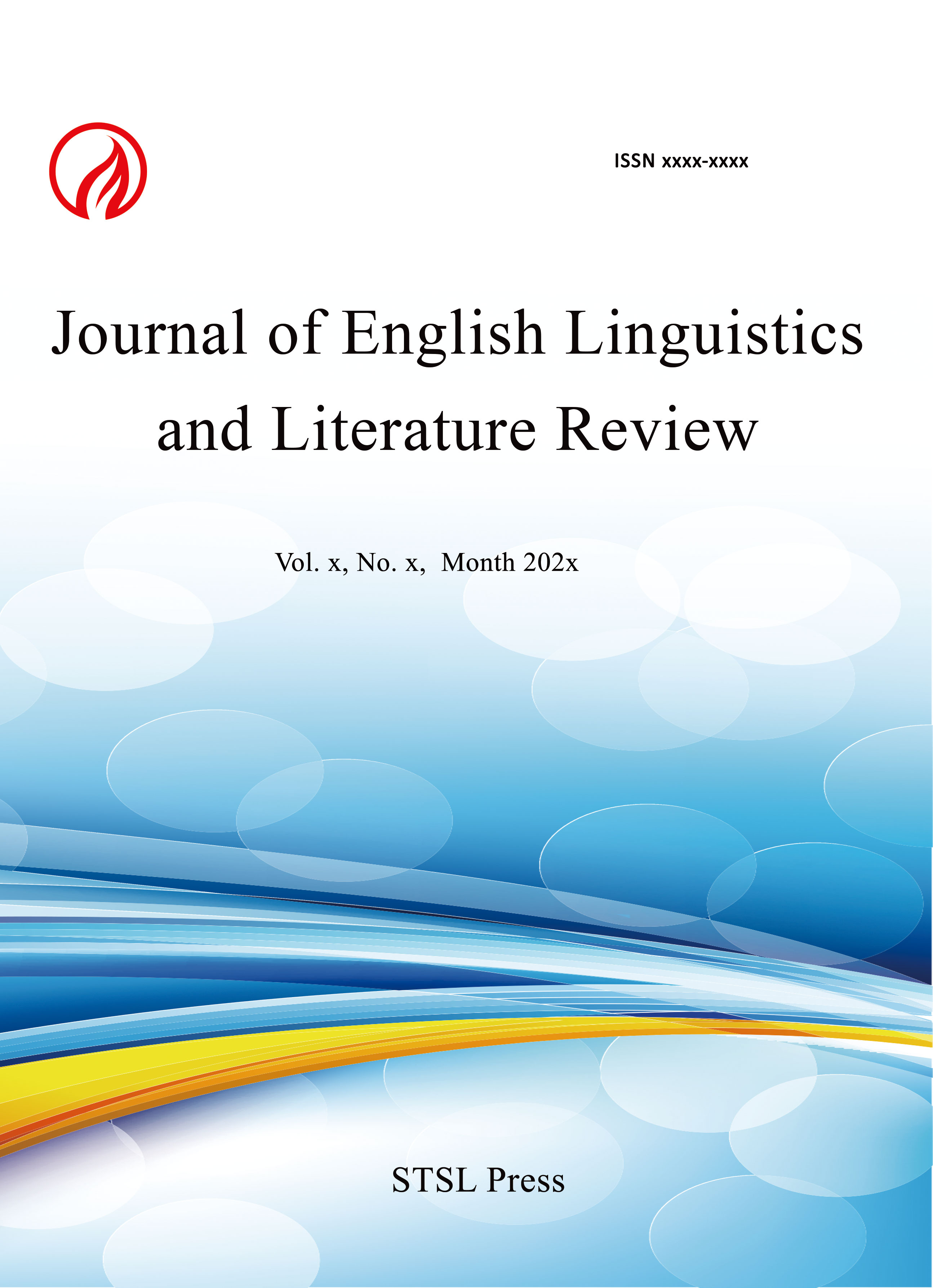Intelligibility of Nigerian English to the Cameroonian Consumers of Nollywood Audio-Visual Materials
Raphael Tegha Ketcha, PhD
Abstract
The surge in Nigerian-made audio-visual materials (movies, music and sermons) have, in recent years, left several Cameroonians with the burning desire to watch them. Despite this, watching the movies or listening to Nollywood songs has been with some understanding difficulties due to pronunciation differences. This paper set out to identify and discuss the phonological features (vocalic and consonantal) that pose intelligibility problems, from the perspective of the Cameroonian audience, who fondly watch/ listen to Nigerian-made movies or musicals. Data for the paper came from administering two pronunciation tests framed from 200 selected and screen-recorded excerpts gleaned from 48 Nigerian-made audio-visual materials (24 movies and 24 songs). The tests were administered to 40 Cameroonians (from three regions); Test I was made up of words in isolation, gleaned from the corpus with NigE pronunciation. Test II constituted the same words in some paradigmatic and syntagmatic contexts and the words were drawn from suspected areas of vocalic and consonantal difficulties from the Cameroonian audience’s point of view. The data were analysed qualitatively and quantitatively with the Cognitive Dissonance Theory and Hegel’s Theory of Intelligibility in mind. Findings reveal that the Cameroonian audience watching Nollywood audio-visual materials had various intelligibility problems mostly caused by NigE vocalic processes such as vowel fronting, retraction, raising, rounding, vowel tensing/ laxing) and consonantal processes such as alveolarization, deaffrication of /ʧ/ and coalescence of /h/ and /j/ to yield /w/. The test scores reveal that more intelligibility problems occur with Test I rather than with Test II, implying that context, rather than pronunciation, helped to solve several intelligibility problems. The paper recommends that language teachers should focus on areas of untelligibility in order to ease communication between NigE and CamE speakers who naturally share socio-cultural and geographical similitude.
Paper:
pdf
DOI:
https://doi.org/10.71002/jellr.v2n2p1
 This work is licensed under a
Creative Commons Attribution 4.0 License.
This work is licensed under a
Creative Commons Attribution 4.0 License.
Contact us
- Jessica Tucker
- jellr@stslpress.org
